Stitch is a cloud-based ETL platform that provides zero-maintenance data pipelines for fast data integration, freeing you to focus on insights. It allows you to compare continuous vs discrete data, automate scheduling, replicate and transform data, handle schema changes, and more.
Some of the featured Stitch data integrations are Google Ads, Xero, Oracle, TikTok, Zapier, etc. When it comes to destinations, the tool supports Snowflake, Amazon S3, and MySQL, among others.
Stitch handles various data types without minding the difference between discrete and continuous data. Whether dealing with numerical, time series, or categorical data, the platform easily syncs it with your preferred destination to help you quickly access analytics for better decision-making.
Stitch Functionality
Stitch makes data integration and analysis easier for users by providing these key features:
- Data extraction: The platform includes more than 140 data connectors that help you extract data from sources like ERPs, social media platforms, marketing analytics tools, SaaS apps, etc.
- Data transformation: Allows you to perform custom transformations during the ETL process, including aggregation, filtering, and calculations, for tailored analytics. Data cleansing and validation are supported to ensure data consistency and accuracy before loading it to a warehouse or lake.
- Automatic scaling: Highly scalable, enabling users to increase their data volume as their businesses grow. You don’t have to worry about managing workloads or investing in additional hardware.
Stitch Data Transfer
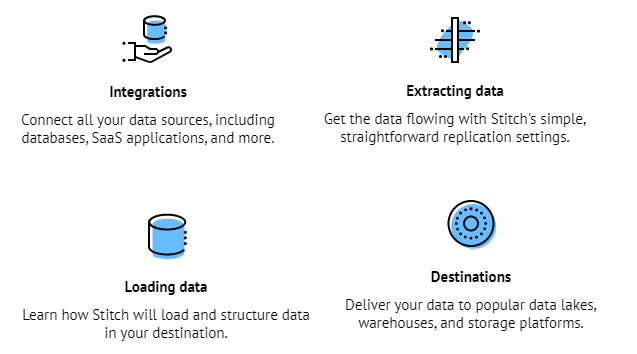
Stitch enables rapid data transfer to your desired destinations, allowing you to quickly transform it into useful information for stakeholders. Follow these steps to get started with Stitch data integration:
- Select your desired data source, including SaaS apps, MySQL, PostgreSQL, Google Ads, etc.
- Stitch then extracts data from the indicated source in real-time or at set intervals, depending on the settings. The platform applies various data collection methods; API integration (for unsupported data sources like Stitch Fix) and file-based extraction.
- You can transform the data based on your needs or preferences. This may entail filtering, performing calculations, or aggregating the data prior to loading into a data warehouse.
- Load the data into the selected destination, typically a data warehouse or data lake.
Stitch Reporting

As aforementioned, Stitch is essentially an ETL tool, so it doesn’t focus more on reporting. However, it connects you to analytics tools that can help you generate reports using your data. Here’s how the report generation process works:
- Once your data is in the warehouse, connect it to your preferred destination or analytics tools, such as Power BI, Tableau, or Looker Studio.
- Explore the data with the help of the BI tool’s features.
- Generate custom reports and dashboards utilizing charts, tables, scatter plots, maps, etc. Whether you want financial reports, sales reports, or search engine ranking reports, the analytics tools supported by Stitch ensure you gain comprehensive insights from your data.
- Share the reports with team members for data-driven decision-making.
Stitch Customer Support
Stitch asserts it offers chat and email support for its clients during its regional business hours. If you want to talk to an expert, Stitch features a data collection form that requires you to supply personal details and a description of your issues. Phone support and a dedicated Global Customer Success Management (GCSM) are also available but on specific packages. Additional customer support options include:
- FAQs: Provides quick responses to common queries.
- Documentation: Has comprehensive guides, reference materials, and tutorials to help users navigate Stitch’s features more easily.
There are a few comments about Stitch’s customer support services, both good and bad.

This user is satisfied with the platform’s customer support and terms it as excellent.
Stitch Price Breakdown
Stitch’s pricing is described as transparent and predictable. There are no hidden fees or surprise bills. The amount you pay for the services, however, is determined by the amount of data you are handling.
Stitch Free Trial
There’s a 14-day free trial for users who want to test the platform’s features before selecting an ideal payable plan. The free option offers access to all data sources and integrations. It doesn’t restrict the number of rows of data you can sync to your data warehouse.
You can leverage the free trial to explore Stitch’s ease of use, connect various data sources, experiment with discrete vs continuous data to determine its flexibility and more. Then, you can upgrade to a paid plan to enjoy the features for a longer period and access more advanced features.
Stitch Price Packages
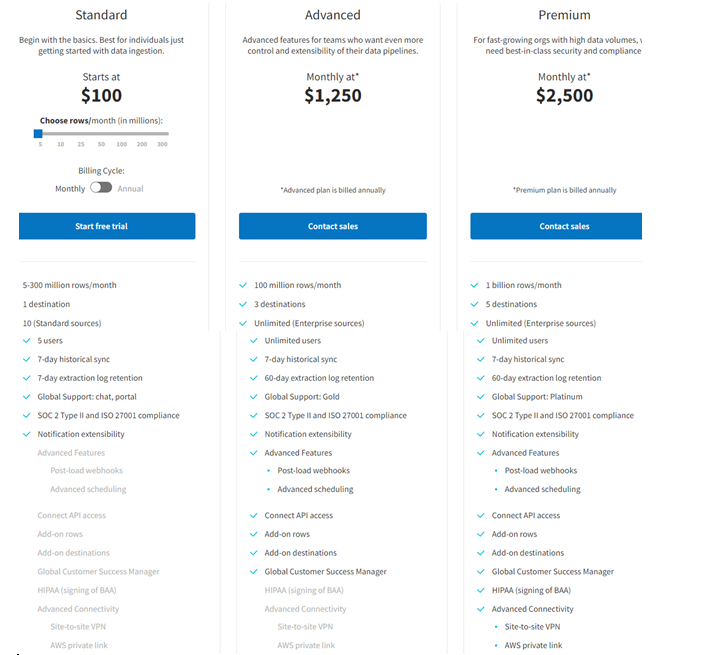
Stitch’s price packages are tiered by data volume, and you can use as many integrations as you desire at no additional cost. The plans also cater to different budgets. Here’s a breakdown of the packages:
- Standard ($100/month): Meets the needs of users just getting started with data ingestion. It enables you to sync 5-300 million rows/month to a single destination. You can access up to 10 standard sources and collaborate with a maximum of 5 users. The package features a 7-day historical sync window and 7-day extraction log retention, which allows you to monitor and recover recent data changes. Additional features include global support through chat and portal, notification extensibility, and top-tier security.
- Advanced ($1,250): Targets teams seeking more control and extensibility of their data pipelines. While priced over ten times higher than the Standard option, it offers substantial benefits like 100 million rows/month, 2 extra destinations, and unlimited users and sources. You also enjoy global support, notification extensibility, and top-tier security, with 60-day extraction log retention, though the historical sync remains at 7 days. In addition to these, you get advanced features like add-on rows and destinations, post-load webhooks, API access, and more.
- Premium ($2500): It is tailored for fast-growing organizations with high data volumes. It builds on the features of the Advanced plan, increasing data capacity to 100 billion/month and supporting 5 destinations. Additional features include advanced connectivity, HIPAA, AWS private link, site-to-site VPN, VPS peering, and Reverse SSH tunnel.
Stitch Customer Reviews
A number of customers have highlighted their experiences with Stitch on G2 (a trusted software review website), and most have good things to say:

Based on this user, the platform is easy to set up and low maintenance, making it ideal for small data teams. Justifiably so, teams familiar with ETL tools can easily navigate and configure the Stitch data loader. Most data integration tasks are automated, minimizing the need for troubleshooting and constant maintenance.

The client above appreciates Stitch’s ability to replicate data from other sources to internal databases based on the schedule set. It also provides many pre-built integrations with minimal configuration. We agree with the user’s statements. Getting your data to the chosen destination only takes a few button presses; no coding is needed. You also have access to over 140 integrations to choose from.
Stitch Pros and Cons
| Pros | Cons |
| User-friendly: Automates the ETL process so you can sync data hassle-free. | Cost: It may be costly in the long run for users with huge or growing data needs. |
| Multiple integrations: Pre-built connectors for different SaaS apps, databases, and data warehouses | Learning curve: Inexperienced or new beginners may face challenges integrating unsupported data sources using API. |
| Automated replication: Enables you to schedule data replication with minimal manual effort. | |
| Self-serve platform: You can manage data syncing from the UI without external support. |
Verdict
Stitch’s intuitive interface stands out, especially among users. It also offers a generous selection of data sources, simplifying the preparation of various data types for analysis. If you can’t find a particular data source, an API connector is available for that, which could be useful for Stitch Fix data, which isn’t currently supported.
As expected, the free and standard plans have limited features, so you may have to upgrade to get more. However, when you compare Stitch vs Fivetran, you will appreciate Stitch’s transparency when it comes to the pricing structure. At least you understand what you are paying for beforehand without the hassle of calling the sales team.
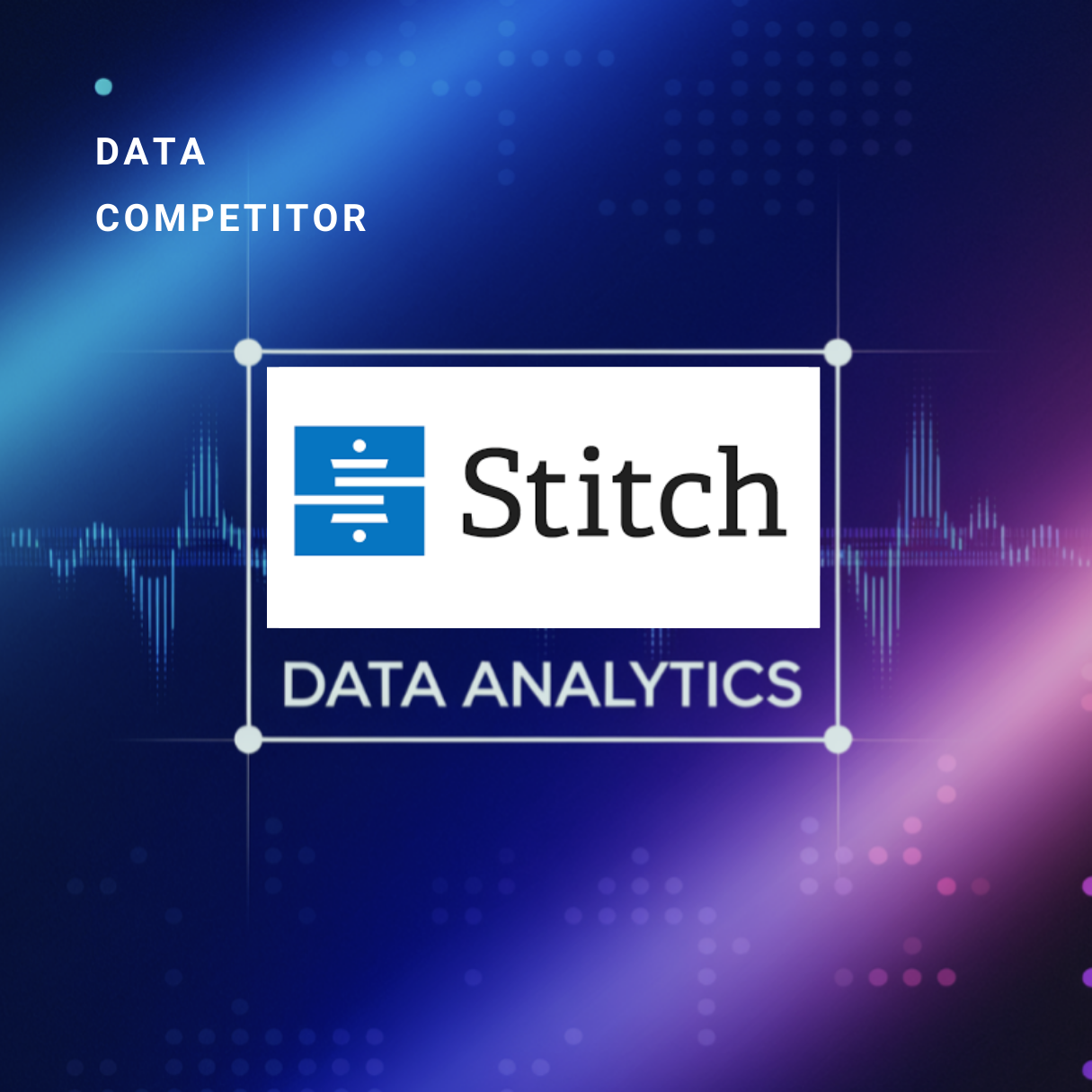
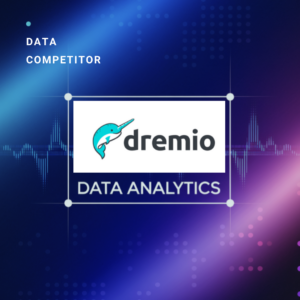


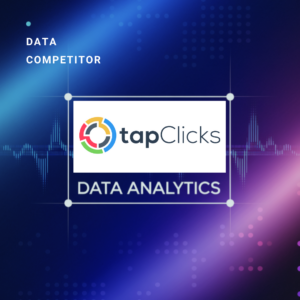
Leave a Reply